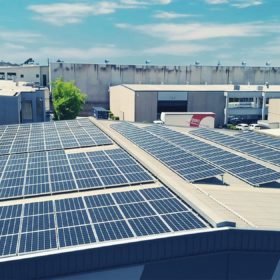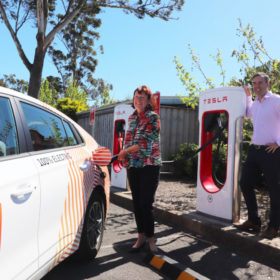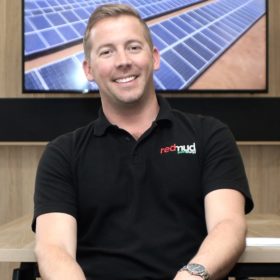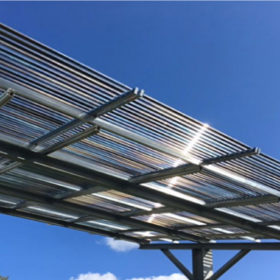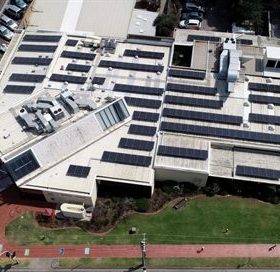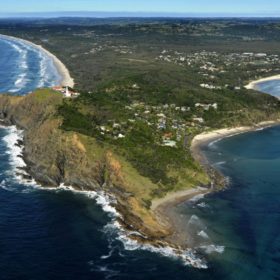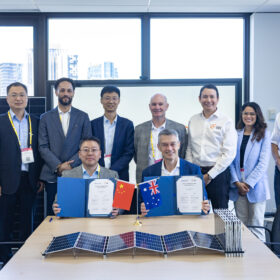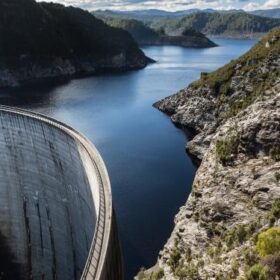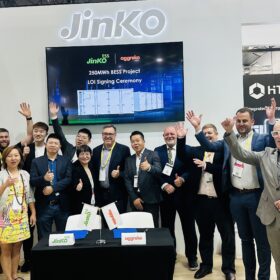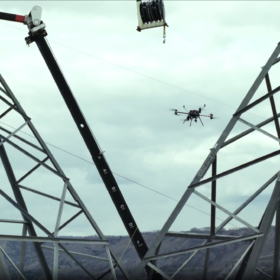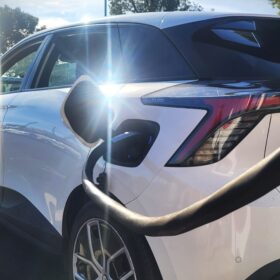A line in the silicon: SA solar industry inverted as new regulations come into effect
South Australia’s new solar installation regulations came into effect on September 28. The regulations, designed to better manage a distributed energy system, are thought rushed by some in the industry, but ultimately they should facilitate more solar integration.
Solar auctions to spread PV over the commercial landscape
Once upon a recent time, installing and extracting value from solar PV installed on commercial rooftops was viewed as extremely complex. Innovators such as Energy Action have been smoothing the experience, such that now you can almost just sit back and watch it happen…
NSW coal country commits to clean energy transition
A new raft of councils across New South Wales’ coal country have committed to climate action and renewable energies are joining the Cities Power Partnership. Lake Macquarie City Council, Port Stephens Council and Cessnock City Council have followed the likes of The City of Newcastle in turning their backs on coal and gas.
Small-scale surge continues with Yates Electrical 20 MW partnership
South Australia’s small-scale solar sensation Yates Electrical Services is teaming up with Sustainable Energy Infrastructure to develop 20 MW of small-scale solar over the next 18-months, another sign of the strength of the small-scale solar surge which flies under the radar of the network’s congestion woes.
Supermarket Wars Renewed – Coles signs 10-year PPA with CleanCo
The Supermarket Wars have taken to the aisles of renewable generation as each grocer strives for greater renewable integration. This week, Coles Group signed a 10-year PPA with QLD state-owned generator CleanCo to source more than 90% of its QLD energy requirements from the as yet completed Western Downs Green Power Hub.
Thin-film agrivoltaic solar tubes
German tech company Tube Solar AG has secured €10.8 million to develop its cylindrical agrivoltaic modules. The lightweight devices could also be used on roofs until now considered unsuitable for PV.
Photovoltaic shade for greenhouses
French start-up Solar Cloth has secured a patent for a PV shade screen for solar greenhouses.
Hobsons Bay City Council set to become first Melbourne metro council to start a VPP
Hobsons Bay City Council is accelerating its Large Scale Solar Installation Program with a Virtual Power Plant to enable the sharing of solar generated energy around the Council’s assets. Going forward, Council wants to see its VPP expanded to include the vast array of members in its community.
Green light for the $300 million green Bundaberg Hydrogen Hub
The first of three large-scale green hydrogen plants in the pipeline of the Green Hydrogen Australia Group has been given the green light. The Bundaberg Hydrogen Hub, featuring an 80 MW hydrogen electrolyser, will produce clean hydrogen for Australian hydrogen vehicle developer H2X.
Byron Shire Council’s draft net zero action plan is a demonstration of good framing policy
It is not surprising that Byron Bay is ahead on its eco-friendly activity, but Byron Shire Council’s latest draft Net Zero Emissions Action Plan is an example of how framing policy can provide the active space for energy transition – an example the Morrison Government would be wise to follow.

